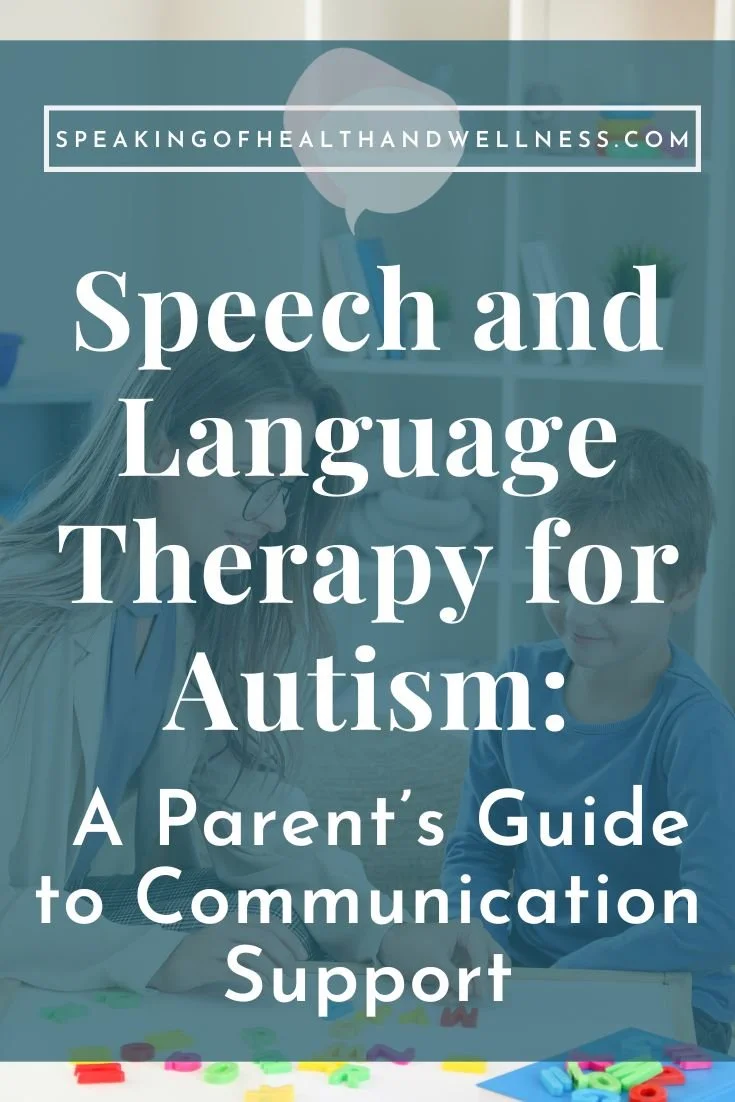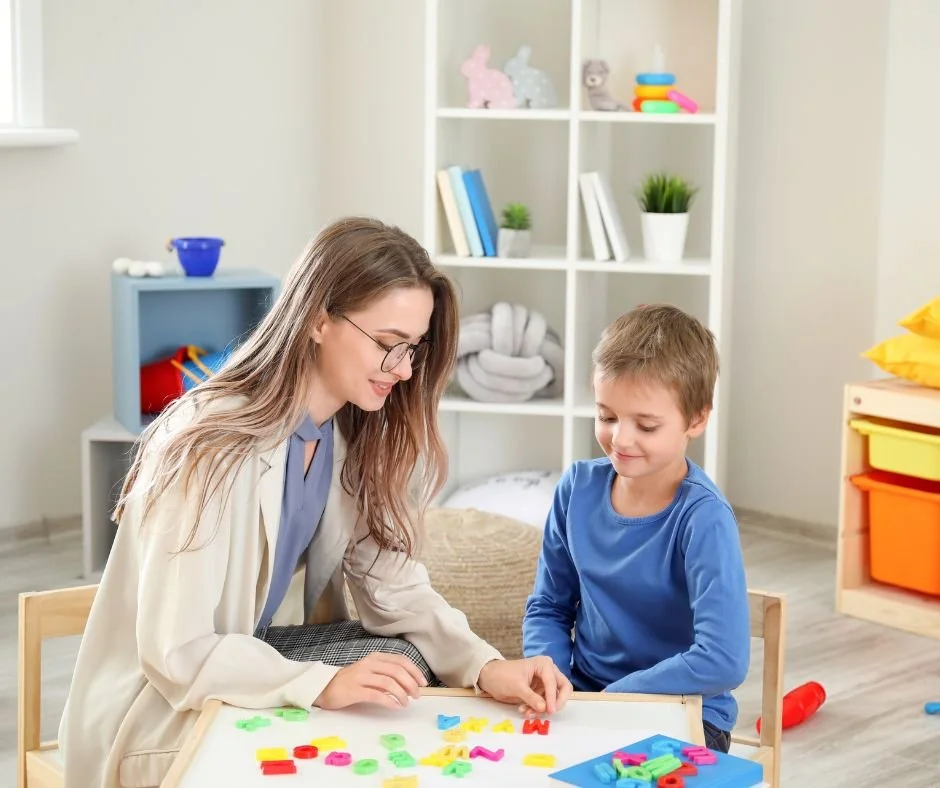If you're parenting a child with autism and wondering how to support their communication, you're not alone. Many families explore speech and language therapy for autism as a first step in helping their child express themselves, connect with others, and build the foundation for lifelong learning.
But did you know that communication challenges in autism go beyond speech alone? From understanding language to using gestures, body language, or augmentative and alternative communication (AAC), communication can look different for every child.
While this blog focuses on children with autism, these insights often apply to children with other developmental delays or communication challenges as well.
Speech-language pathologists (SLPs) play such a key role in the journey for kids with autism and other developmental differences. SLPs assess the whole communication profile, whether your child is nonspeaking, has limited verbal skills, or needs support with social interactions, and offer personalized strategies to help.
Some children benefit from AAC, like speech-generating devices or communication boards. Others work on expressive or receptive language skills through play-based or functional approaches. For many, therapy can be a bridge to improved self-regulation, fewer meltdowns, and stronger family connection.
As a licensed SLP, I recently wrote a comprehensive article on this topic for the nonprofit organization, Documenting Hope. It’s a great starting point if you’re looking to better understand:
What speech-language therapy looks like for children with autism
The difference between speech, language, and communication
How therapy supports the nervous system and behavior
How to know if your child might benefit from AAC
And more!
[Click here] to read the full guide on the Documenting Hope website.
This information isn’t just specific to autism. Many of the insights and approaches apply to children with other developmental delays, speech-language challenges, or complex communication needs.
If your child is struggling with communication, whether they’re speaking or not, there are so many respectful, child-centered ways to help them thrive. I hope this resource brings some clarity and confidence as you move forward.
Wishing your child and family all the best,
Shandy Laskey, M.A., CCC-SLP, FNTP
Founder + CEO, Speaking of Health & Wellness, LLC


